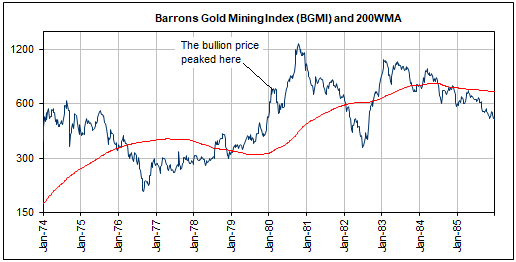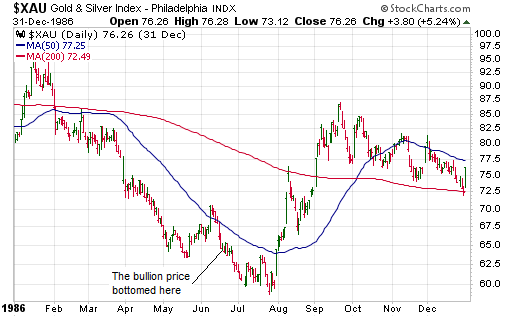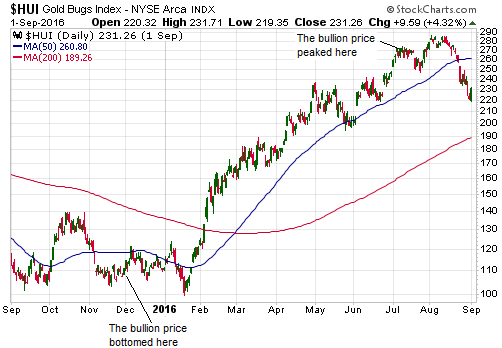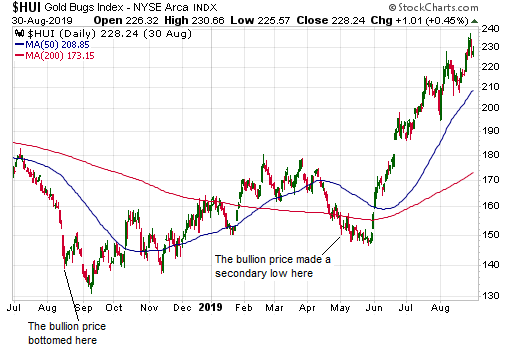[This blog post is an excerpt from a TSI commentary published on 26th January 2020]
Given the extent to which the US stock market is stretched in both momentum and sentiment terms, there doesn’t have to be a news-related catalyst for a significant correction. However, the mainstream financial press tries to link every move in the stock market to the current news. If a correction began last week or gets underway this week it’s likely that many fingers of blame will point to the Wuhan virus.
The situation is ‘fluid’, but at last count 13 Chinese cities had been placed under full or partial lockdown in an effort to prevent the virus from spreading. Furthermore, the number of countries with confirmed cases of the virus is growing.
In terms of global economic impact we think that the Wuhan virus will prove to be a minor issue, but if the number of confirmed cases continues to rise then many market participants could sell first and ask questions later. Based on what happened with similar viruses in the past, the number of confirmed cases might not peak until March.
Blame for a correction also could be directed towards the Fed, largely due to a misunderstanding of the Fed’s “repo market” operations.
The net amount of ‘liquidity’ provided by the Fed to the repo market has declined over the past couple of weeks, but not because the Fed has stopped supporting this market. The money provided to the repo market is a very short-term loan that often matures within one day, so the amount of repo money provided by the Fed will reduce over time unless the Fed adds new money (makes new loans) at a rapid pace. For example, the Fed ‘pumped’ (loaned) $74 billion into the repo market last Thursday, but there was a net decline of $10 billion on the day due to the expiration of $84 billion of previous loans.
Also worth mentioning is that the amount of money provided by the Fed to the repo market cannot exceed the demand for short-term loans in this market.
We assume that the Fed intends to withdraw from the repo market over the coming months, with the very short-term money it provides via this market steadily being replaced by the semi-permanent money it adds via the asset monetisation program — the program that we aren’t supposed to call QE, even though it is mechanically identical to QE — introduced last October. If this happens it will result in a large decline in the “Repurchase Agreements” line on the Fed’s balance sheet and could result in a small decline in the total size of the Fed’s balance sheet, but it won’t be a sign that the Fed is tightening or even becoming less easy.
To further explain, note that even though many commentators lump the Fed’s repo market support program together with the Fed’s asset monetisation program to arrive at a total amount of new Fed-generated monetary inflation, the two programs are very different and should not be combined. The reason is that despite “repo” being short for repurchase, repo operations do not involve asset purchases per se. When the Fed does a “repo” it lends money (that it creates out of nothing) to a borrower and receives collateral, usually in the form of a Treasury security or a Mortgage-Backed Security (MBS), to secure the loan. When the loan is repaid, which happens one or fourteen days later depending on whether it’s an overnight loan or a term loan, the money is returned to the Fed (and is immediately extinguished) and the collateral is returned to the borrower.
Any monetary inflation caused by the Fed’s repo operations is therefore self-extinguishing within a very short time (1-14 days). However, monetary inflation caused by the Fed’s asset monetisation program could be permanent. The reason is that although the debt securities (T-Bills) purchased by the Fed with new money will mature within a few months, the Fed has said that it will re-invest (rather than extinguish) the proceeds received when the securities mature.
The upshot is that even if the total size of the Fed’s balance sheet reduces as the repo support program winds down, as long as the Fed is adding ‘permanent’ money via its asset monetisation program it is acting in an inflationary manner. Consequently, it will not be reasonable to blame a near-term stock market downturn on the Fed becoming tighter or less easy.
Just to be clear, the Fed is at least partly responsible for the fact that the stock market rose in a virtual straight line from mid-October through to 23rd January. However, the Fed is not responsible for the market pulling back from an overbought/overbullish extreme.
The crux of the matter is that regardless of the fundamentals, large and liquid markets don’t go up or down in straight lines for long. There are always corrections. Surely we don’t have to rack our brains in an effort to come up with a fundamental reason for a correction when some short-term sentiment and momentum indicators are stretched to historic extremes. It’s more of a challenge to explain why a correction didn’t happen sooner.
 Print This Post
Print This Post




